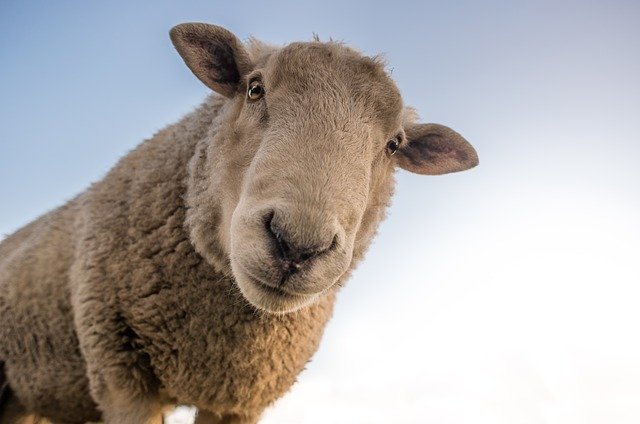Farmers in New Zealand are now able to breed animals that emit lower levels of methane, as these grazing animals can be genetically modified to contribute less to the destruction of the ozone layer.
Beef + Lamb New Zealand (B+LNZ) Genetics have launched a new “methane research breeding value” to select important traits that ram breeders want more of in their flocks. Farmers will have access to these rams within two years, as this is the time it will take for them to grow into adults.
The breeding tool stems from a 10-year collaboration between the Pastoral Greenhouse Gas Research Consortium (PGGRC), the New Zealand Agricultural Greenhouse Gas Research Centre (NZAGRC) and AgResearch. It is also supported by the Ministry of Business, Innovation and Employment and Ministry for Primary Industries.
“This is a global first for any species of livestock. Launching the methane breeding value gives New Zealand’s sheep sector a practical tool to help lower our agricultural greenhouse gases,” PGGRC general manager Mark Aspin said. “Up until now, the only option available to farmers wanting to lower their greenhouse gas emissions has been to constantly improve their overall farming efficiency. This takes us a step further – towards actually lowering sheep methane emissions, in keeping with the sector’s commitment to work towards reducing its greenhouse emissions.”
While the breeding process may be slow, there is no negative impact on the livestock.
“To that end, the consortium is working on another three technologies, with a focus on reducing the amount of methane generated by feed. So, by breeding sheep that produce less methane per mouthful eaten – as other methane-reducing technologies come on stream – the influence of these sheep on the national flock’s methane production becomes compounding,” Aspin said.
Picture: Pixabay

